Nigel Nicholson
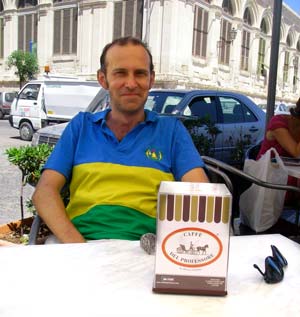 Walter Mintz Professor of Classics
Walter Mintz Professor of Classics
Greek and Latin literature, critical theory.
nigel.nicholson@reed.edu
Education and Employment
Courses Taught
Publications and Papers
Outreach Programs
Study Abroad in Sicily Blog
Research and Current Projects
Research Areas
My main focus is Greek athletic culture in the 6th and 5th centuries, particularly the wonderful poetry written to celebrate athletic victories, and particularly the poetry that was written for athletes in Sicily and Italy, the home of a number of Greek cities. Mostly I trace the ways that athletics was used to support particular regimes or classes. I also work on other aspects of “Western Greek” culture, as well as early Greek Medicine.
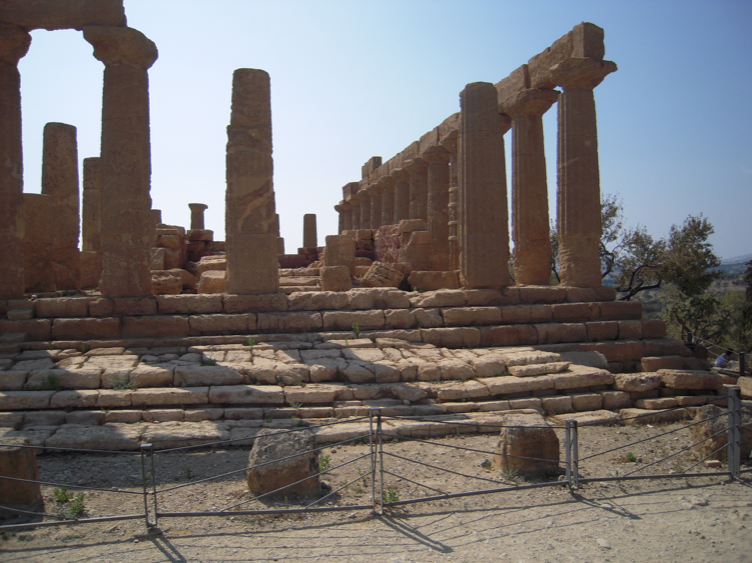
One of the temples in Agrigento (ancient Acragas), Sicily
Current Projects
I have just published Victory and Celebration: An Introduction to Greek Athletics (Oxford University Press, 2025). This traces how in ancient Greece athletic success was transformed into broader social and political capital—how being a good boxer, or having a fast son or good horses, was made into something important in society more broadly. It analyses the ways that the victory memorials—primarily, the statues and victory odes produced for victors—made athletics mean more than success in the stadium or hippodrome. It is very much intended for undergraduate sports classes and meant to train students how to read the poems and dedications and understand the political work of sports in society more generally, but should also be fertile ground for researchers and people more embedded in the field.
I am also working on a collection of essays, or “companion,” on Sicily in antiquity, the Oxford Handbook on Ancient Sicily, that aims to bring together the new and exciting ways in which we are thinking about ancient Sicily, and thinking about teaching ancient Sicily. This will also be published by Oxford University Press. Sicily has long been on the periphery of classical studies—focus tends to fall on Athens, and Athens is often taken to represent Greece as a whole—but Sicily was the location of some of the wealthiest and most powerful cities in the Greek world, and is worthy of study in its own right, as well as as a counterweight to Athens. It is also a very interesting place to raise questions about the boundaries between antiquity and the middle ages, between different varieties of Latin and Greek and their mixture with local languages, between the Greeks and the Carthaginians and Phoenicians, between cities and states – and many other questions. (It is also a fabulous place to visit if you ever get the chance; not that many of our majors do the ICCS program in Rome in one of the junior year semesters, and they spend a week or so in Sicily!) The essays will be written by scholars in the field from Europe and North America, and I will be serving as one of the editors, together with Franco De Angelis of the University of British Columbia, and Alessandra Molinari of the Università degli Studi di Roma Tor Vergata.
Looking further into the future, I am very interested right now in the politics of early Greek philosophy in the Greek west and how the philosophers face off against the poets in terms of their political visions.
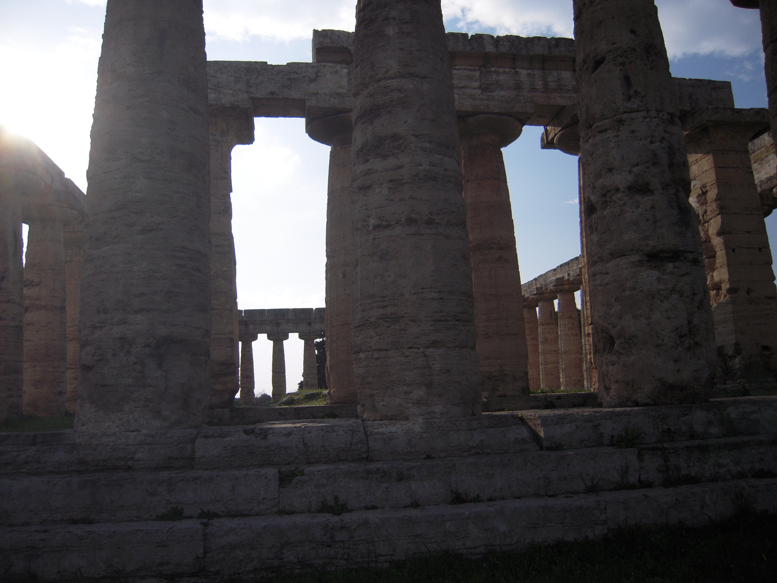
One of the Greek temples in Poseidonia, near Naples, Italy
Previous Major Projects
Aristocracy and Athletics in Archaic and Classical Greece (Cambridge University Press, 2005)
My first book focused on the commemoration of athletic victories in the late archaic and classical periods, and their representation of certain figures who are crucial to these victories, but are paid wages, a problematic relationship for the archaic Greek aristocracy. These figures are the charioteers, mule-cart drivers and perhaps jockeys (the prizes actually went to the owners of the horses, which themselves were for sale), the trainers (who trained young men in the combat sports, boxing, wrestling and pancration, as well as the running and the pentathlon). A paperback edition (reasonably priced!) came out in 2011.
The Poetics of Victory in the Greek West: Epinician, Oral Tradition and the Deinomenid Empire (Oxford University Press, 2016)
My second major project examined the relationship between epinician, the poems composed to celebrate athletic victors, and the heroizing narratives about athletes that circulated orally in Sicily and Italy in the late archaic and early classical period. Drawing on the colorful stories told about athletes in later sources, and the surviving contemporary poetry, it argued that epinician was formed in opposition to orally transmitted narratives and that these two forms—epinician and the "hero-athlete narrative"—promoted opposed political visions, with epinician promoting the empire of the Deinomenid tyrants that ruled in Sicily and the hero-athlete narrative opposing Deinomenid rule.
The book looks at statue dedications also and along the way makes some arguments about the form of epinician as a whole, and the kind of idea of athletics that it promoted. An article focusing on its method appeared in a journal: "Cultural Studies, Oral Tradition, & the Promise of Intertextuality," in special issue of American Journal of Philology, entitled Intertextuality,eds. Yelena Baraz and Christopher van den Berg, 134 (2013): 9-21.
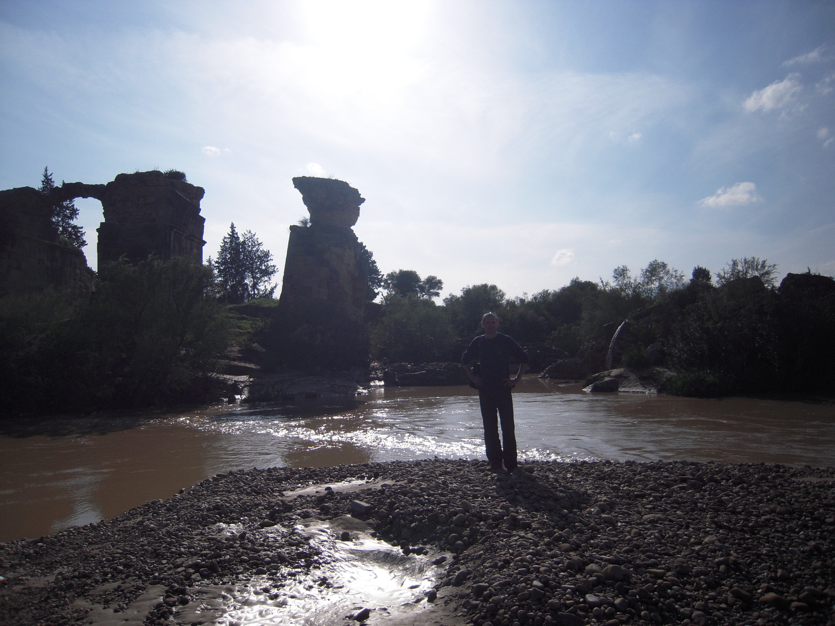
Bridge of Trajan, Tunisia
The Rhetoric of Medicine: Lessons on Professionalism from Ancient Greece (Oxford University Press, 2019), with Prof. Nathan Selden, of Oregon Health Sciences University.
This was a very different project in variety of ways. It is on Greek and modern medicine, rather than athletics (though there are plenty of athletic angles – ideas of the body, athletic trainers, doctors who are oddly involved in athletics); it involved a collaborator from a different field, Prof. Nathan Selden of Oregon Health Sciences University; and it was pitched at broader professional audience, especially health care professionals.
The book examined various issues of contemporary medical ethics with the help of a perhaps slightly quirky historical study of medicine in the late archaic and classical periods. Prof. Selden and I wrote a piece some years ago now in Neurosurgery (64.1 [2009]: 179-88), on the way in which payment was dealt with in the late archaic period, and the ways in which money is problematic in modern medicine (big Pharma etc), and the idea snowballed from there. There are many interesting connections between athletics and medicine, so it turns out to be not so different a field, and I have published on some of these—twice with Reed student collaborators—while exploring the subject: the lack of interest in athletic injuries in commissions by athletes ("The Athlete's Body and the Rhetoric of Injury," Classics@ 13 [2015], Greek Poetry and Sport,ed. Thomas Scanlon, http://chs.harvard.edu/CHS/article/display/6055); the competitive relationship between doctors and athletic trainers ("Doctors, Trainers and Athletes in Bacchylides Ode 1," Nikephoros 25 (2012) [2014]: 79-114, jointly authored with Reed undergraduate Arien Gutierrez; and the depiction of aging in athletes ("Aging, Athletics And Epinician ," Nikephoros 23 (2010) [2012], 105-38, jointly authored with Reed undergraduate Elizabeth Heintges).
Literary Theory in Graduate and Undergraduate Classics Curricula, Paedagogus Special Section, Classical World 108.2 (2015), 157-279
I also edited a collection of essays for a special issue of the Paedagogus section of the classical journal Classical World on teaching literary theory within Classics programs, primarily at the undergraduate level, but also at the graduate level. The collection brought together scholars from liberal arts colleges (Amherst, Haverford, as well as Reed) and research universities (Berkeley, Chicago, Johns Hopkins, South Carolina, UNC Chapel Hill) to describe ways to make literary theory a more central part of a classics education.
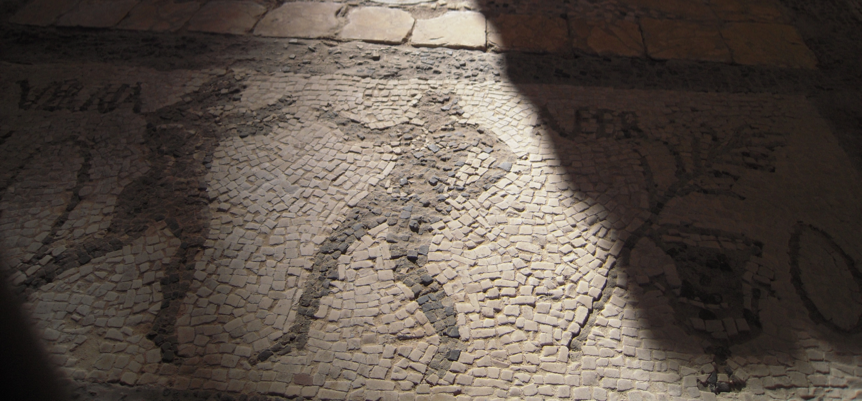
Mosaic from Roman Africa
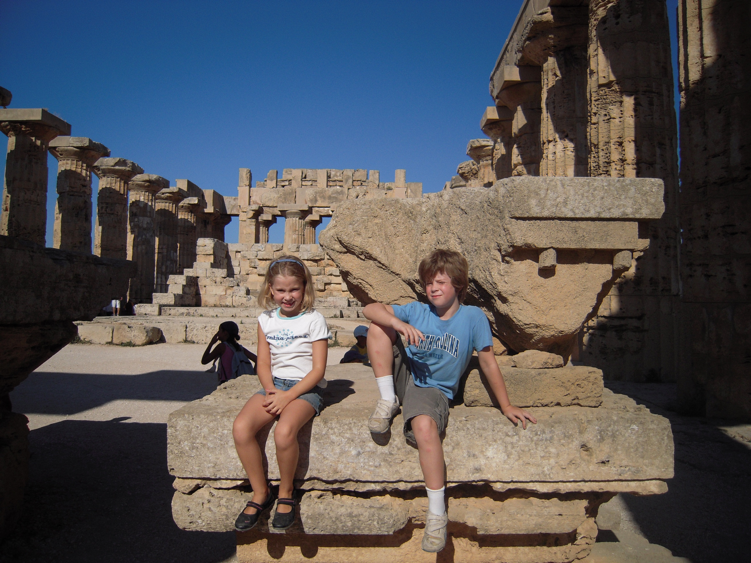
Temple in Selinus, modern Selinunte, Sicily
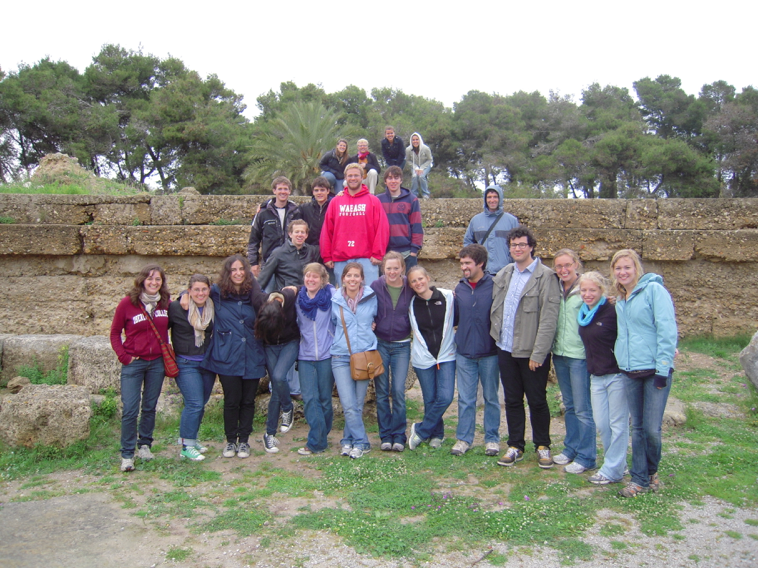
ICCS Sicily students in the Amphitheatre at Carthage where Augustine saw games